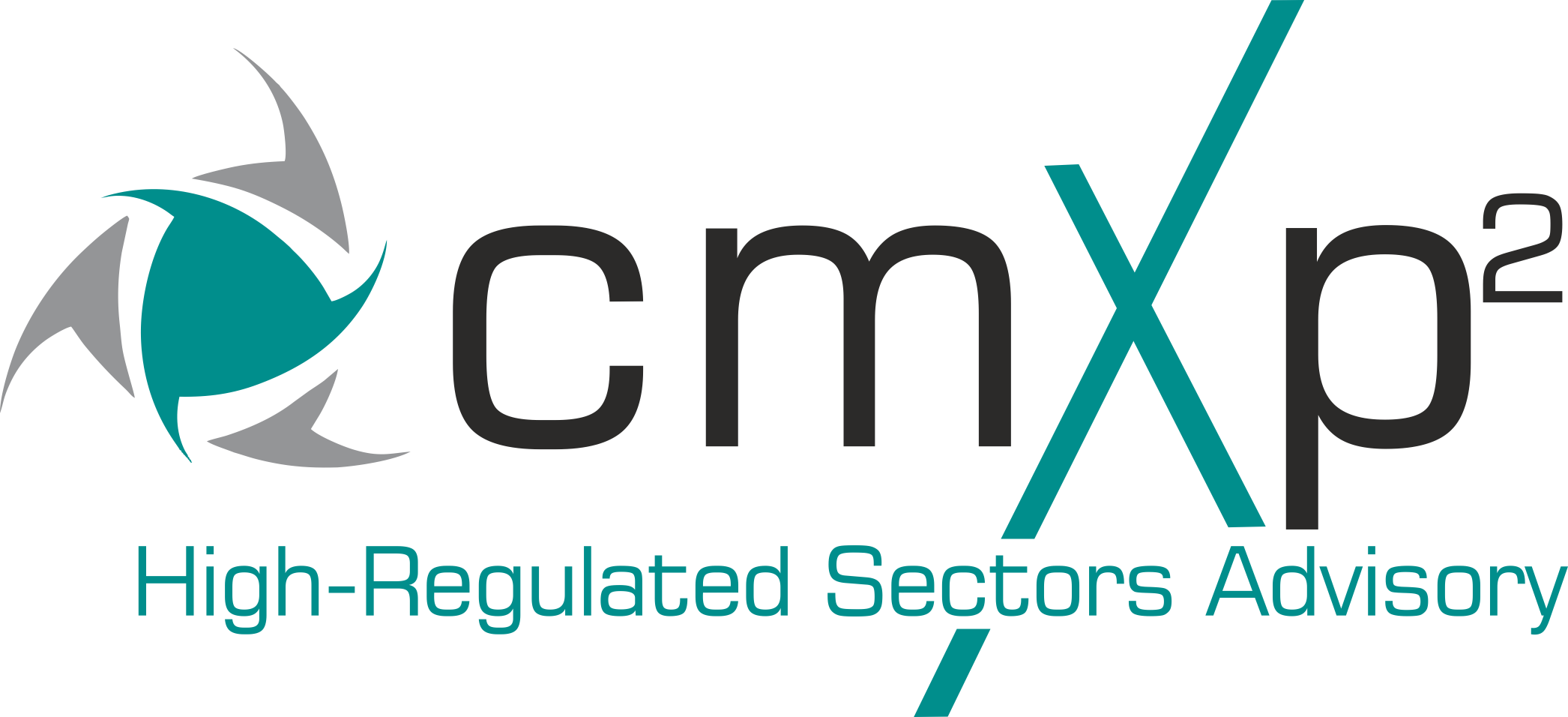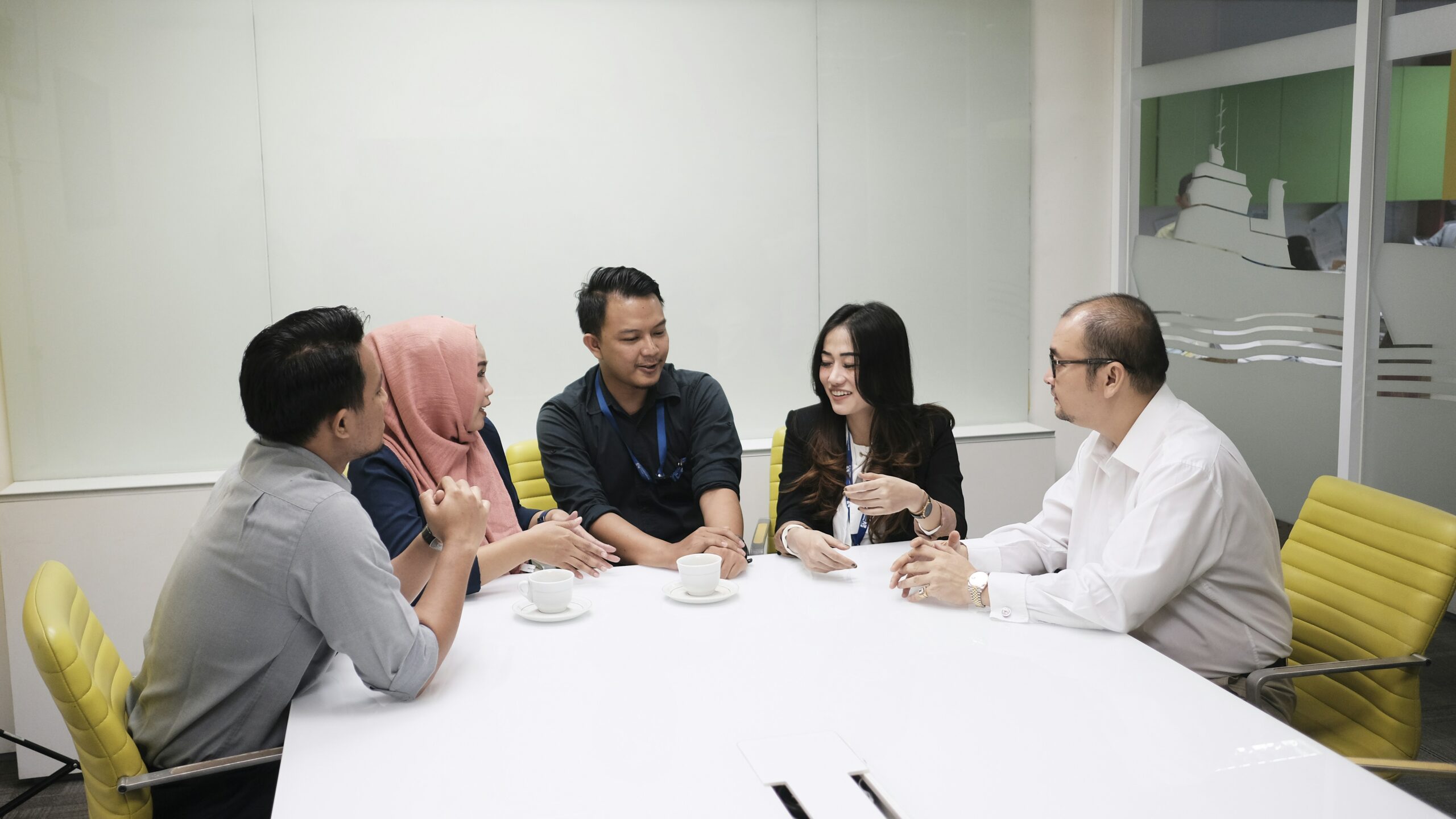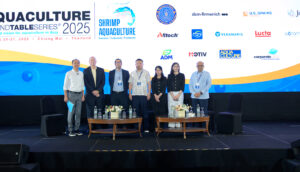External engagement refers to interactions and relationships a business maintains with entities outside its organization. In the food and beverage industry, effective external engagement can support breakthrough innovations and product promotion; enhance organization credibility and trust; and influence policies and regulations.
To avail of these benefits, it is important for organizations to invest time to develop the right strategy, before diving into execution. A truly meaningful external engagement strategy not only needs to align with the company’s overall business agenda, but it must also address the needs of external stakeholders. With over 30 years of experience in the industry, I have learned that it is always important to consider not just your organizations, but the stakeholders needs too, for a mutually beneficial relationship.
Here’s a step-by-step guide to developing a meaningful external engagement strategy:
Step 1: Define Goals and Objectives
Work with a cross-functional team, including business, regulatory, legal, corporate affairs, and R&D departments – to identify key external engagement goals that are crucial to your organization. The key goals are as follows:
Goal 1: Successful Breakthrough Innovations and Benefit Promotion
For a successful research study, whether it is for a breakthrough innovation or exploration of benefit science, you need to collaborate with universities and research organizations with expertise and interest in areas you want to expand and own. For example, if you are in the business of selling yogurt-based beverages, partnering with a university focused on gut health is advantageous.
Goal 2: Enhance Organization Credibility and Trust
Building organization credibility and trust is essential, as it fosters customer loyalty and retention; enhances brand reputation and supports business growth.
To build organization reputation and trust, you need to:
- Be compliante., all on pack claims and communication messages must be backed by sound science; and use of ingredients, claims and communications must align with local regulations.
- Invest in alleviating the triple burden of nutrition, as it is an important policy agenda globally. Support malnutrition alleviation projects, fortification of food and beverages with food groups and nutrients of concern, reformulation of existing products to reduce negative nutrients, and / or healthier lifestyle promotion at the community level. Share your health and wellness plans, successes and challenges with key stakeholders (researchers, regulators, policy makers, nutritionists and dietitians) at scientific conferences, via a 1:1 meeting, in health and wellness annual reports which are posted on the website, and in the media.
- Make sustainability a priority as it is important for both policymakers and consumers. Partner with KOLs to promote sustainable practices and communicate the brand’s healthier innovation and renovation, and community nutrition education initiatives; environmental and social responsibility efforts; ethical sourcing and production practices.
Goal 3: Issue Management
The World Health Organization (WHO) is driving fast-paced changes in nutrition-linked policies and regulations and tracking country and organizational progress to meet the Sustainability Development Goals (SDGs). It is crucial to collaborate with academia, policymakers, industry associations, and committees to contribute to policy discussion, and support development of favorable regulations and policies that benefit consumers and the industry.
Step 2: Identify, Categorize and Understand Key Stakeholders
Identify key external stakeholders, including researchers, academia, regulators, policymakers, nutritionists, dietitians and industry associations. List their areas of expertise, interests, and influence, and categorize KOLs into the three engagement goal buckets. Some stakeholders with wide expertise may be listed in multiple buckets based on expertise, but when you consider their interests, you may limit the listing to just one bucket. Use surveys, interviews, and social media analysis to understand KOL needs and assess how best their needs align with your engagement goals.
Step 3: Explore Different External Engagement Platforms
Once you define the goals and identify key stakeholders, explore different platforms to create an integrated meaningful external engagement strategy. Here are some common platforms and tips on leveraging them:
Platform 1: Scientific Conferences
Identify annual global, regional, or local health and nutrition or other scientific conferences to participate in. Sponsoring conferences is expensive, but it comes with many advantages: relationship building; generating leads; participating in trade shows, to showcase healthier products, and disseminate the health and wellness agenda; and symposiums to share new research and innovations, to promote product benefit science, ingredient safety, and health and wellness wins.
Many organizations tend to disengage from KOLs once a major conference concludes. This often results in missed opportunities and forgotten connections. You need to plan a clear strategy to identify, attract, engage, and build lasting relationships with KOLs before, during, and after your event. For e.g., you could consider funding small collaborative projects – review papers, consumer perception surveys, mini hospital or university symposiums, student projects, and newsletter development to keep the connection going. Continuous engagement fosters a better long-term relationship.
Platform 2: One-on-One Meetings with Key Stakeholders
One-on-one meetings with researchers, policymakers, regulators, health and nutrition leaders are invaluable for building rapport, publicizing the organizations nutrition and health agenda, seeking advice on potential issues, and challenges, and discussing collaboration opportunities. Including senior leaders in meetings can help enhance credibility and demonstrate strong commitment to the initiatives being discussed.
Platform 3: Advisory Board Meetings
Create advisory boards with stakeholders from various sectors to gain diverse insights and expertise. Key KOLs include nutritionists, dietitians, healthcare professionals, food scientists, food technologists and policy experts.
Advisory boards are a great way to build relationships with and learn from KOLs. However, many organizations launch advisory boards with great enthusiasm, but often dissolve them after about two years. Cost is a major concern. The key here, is to consider online versus onsite meetings, or limiting in-person meetings to just 1. Continuity is of essence, as you lose the benefit of the rapport and credibility you have built, and the advisors understanding of what your organization really wants to and is capable of achieving.
Platform 4: Sponsor Public-Private Public Health-Related Projects
Support public health projects like nutrition education programs, to showcase commitment to community well-being. Or collaborate with governments to collect data on nutrition-related issues and contribute to evidence-based policy development.
Platform 5: Industry-Sponsored Organizations
Collaborate with industry-funded organizations to drive science-based issue management, policy advocacy and healthy lifestyle interventions.
Step 4: Monitor and Evaluate Performance
Establish key performance indicators (KPIs) and metrics to measure the effectiveness of your external engagement strategy. Track progress, regularly review data to identify areas for improvement and refine the strategy as needed.
Summary
A meaningful external engagement strategy requires clear goals, the right stakeholders and appropriate platforms. As continuity and consistency are important to truly benefit from KOL expertise and relationship, don’t stop what you start, streamline if you have to. You have to lay a solid foundation and then build on it. Continuous interaction, feedback, and evaluation are essential to keeping the strategy effective and adaptable to changing market dynamics.
If your organization needs support with defining the external engagement and advocacy strategy and identifying key stakeholders and platforms to effectively roll out the strategy get in touch.
About the Author
Yashna Harjani is co-head at cmXp2, where she co-leads the firm’s counsel in the food, nutraceutical, and supplement sectors. Bio.
About cmXp2
cmXp2 (“Xp2”) is a strategy advisory firm dedicated to supporting organizations in high-regulated sectors, specifically: Food & Nutrition, Agriculture & Agri-Food/Aquaculture, Life Sciences, and Global Banking & Markets, Institutional & Corporate Banking.
Xp2’s partners’ deep sector leadership expertise is well-positioned to help clients navigate the complex and evolving landscape of regulatory, legal, and ethical frameworks. We shape opinions, deliver impactful results and demonstrate meaningful value propositions. Our services extend beyond regulatory guidance, focusing on marketing compliance, stakeholder advocacy & engagement, and sustainability branding & reputation to drive impact in today’s competitive markets. Xp2 is a division of the award-winning Corporate Media Services Pte Ltd (CorpMedia) that has over 32 years of experience. The firm is headquartered in Singapore and serves the Southeast Asia region.








